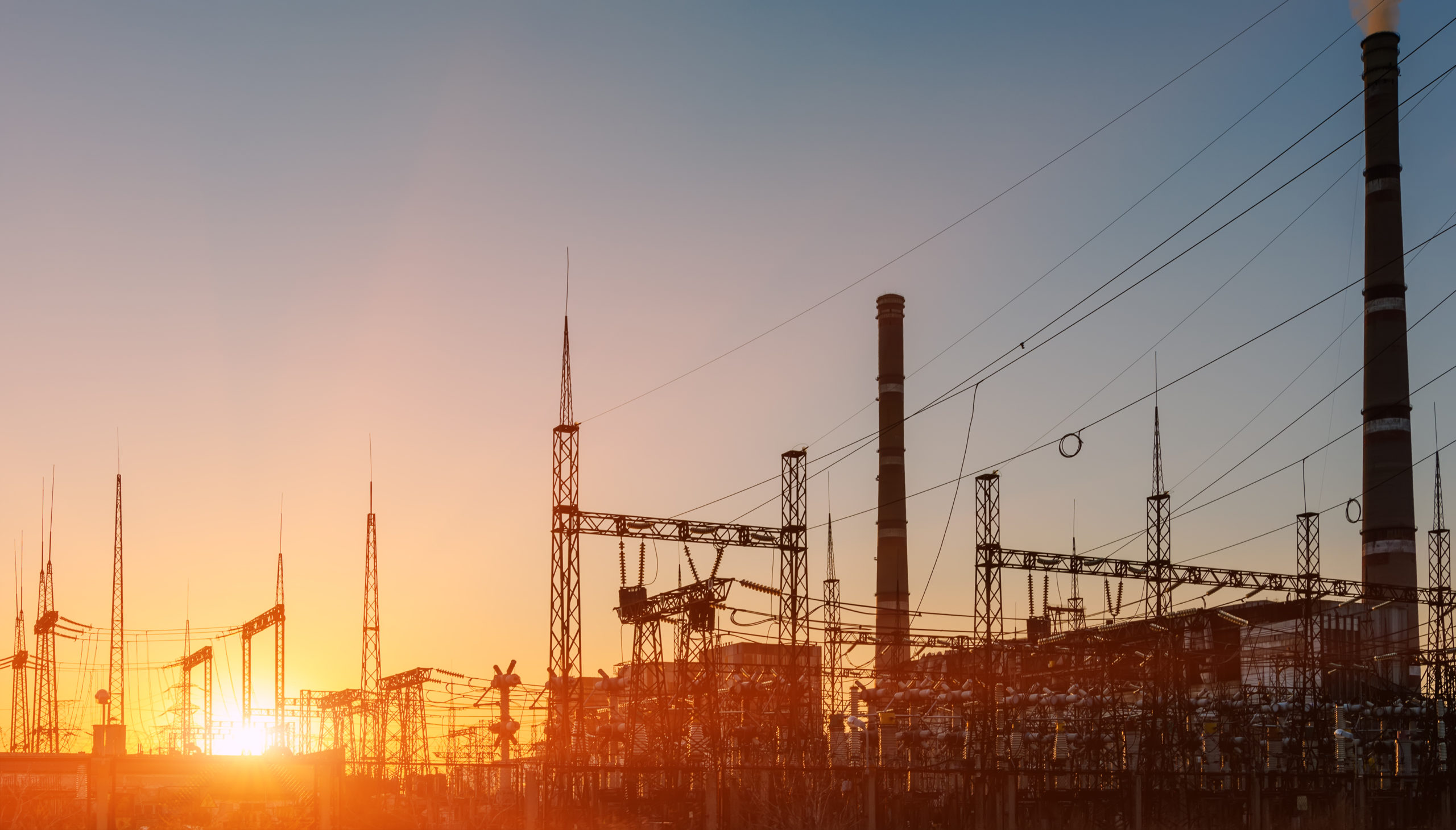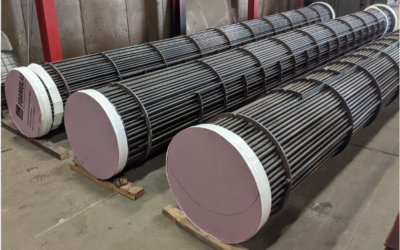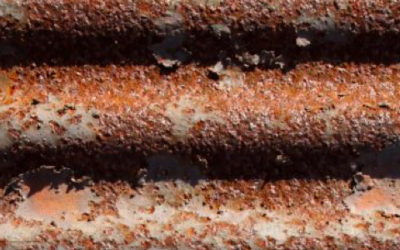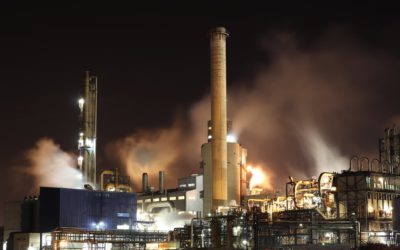Estimating the Global Cost of Heat Exchanger Fouling: A Comprehensive Review
Introduction
Heat exchangers are fundamental components of various industrial processes. Their primary role is to efficiently transfer heat between two or more fluids, but they are often plagued by a prevalent issue: fouling. This phenomenon of accumulation of unwanted materials on heat transfer surfaces has been studied extensively due to its significant impacts on heat exchanger performance and the resulting economic consequences. This article will attempt to estimate the global cost of heat exchanger fouling using the most recent and relevant references.
Understanding Fouling in Heat Exchangers
Fouling in heat exchangers is a complex and multifaceted issue. Defined as the unwanted accumulation of material on heat transfer surfaces, fouling can drastically decrease the efficiency of heat exchangers, leading to an increase in energy consumption and maintenance costs, and a reduction in equipment lifespan.
There are four primary types of fouling: particulate, biological, chemical, and composite. Each type poses unique challenges and requires different mitigation strategies, contributing to the overall cost of heat exchanger fouling. According to Müller-Steinhagen and Malayeri (2010)[1], the total cost of fouling (including the cost of increased fuel consumption, additional maintenance, and lost production due to equipment downtime) is estimated to be 0.25% of the Gross Domestic Product (GDP) of industrialized countries.
Economic Impact of Fouling
The economic impact of heat exchanger fouling can be examined from multiple perspectives: increased energy consumption, maintenance costs, equipment replacement costs, and lost production.
- Increased Energy Consumption: Fouling creates an additional layer of thermal resistance, leading to reduced heat transfer efficiency. As a result, more energy is required to achieve the same level of heat transfer, leading to higher operational costs. Studies indicate that even a thin layer of fouling can lead to a significant increase in energy consumption. For instance, Pritchard (1984)[2] estimated that a 0.6 mm thick scale layer can cause a 40% increase in fuel consumption in a steam boiler.
- Maintenance Costs: Regular cleaning is required to keep the effects of fouling in check. This involves costs associated with labor, equipment, cleaning agents, and disposal of waste. In certain cases, specialized services may be required, adding to the cost. According to Bott (1995)[3], the cost of cleaning heat exchangers in the UK was estimated to be around £500 million per annum.
- Equipment Replacement Costs: Severe fouling can lead to equipment failure, necessitating costly repairs or replacements. The cost of these replacements isn’t just the price of the new equipment, but also the cost of installation and the downtime during which the equipment is being replaced.
- Lost Production: Downtime for cleaning or replacement results in lost production. Depending on the industry, this cost can be substantial. According to Garret-Price et al. (1985)[4], the cost of lost production due to fouling in crude oil pre-heat trains can exceed $1 million per day.
Estimating the Global Cost of Fouling
Estimating the global cost of heat exchanger fouling is challenging due to the wide range of industries affected and the unique operating conditions in each industry. However, by considering the factors discussed above, a rough estimate can be made.
In a widely cited study, Müller-Steinhagen (2000)[5] estimated the cost of fouling in Germany to be approximately €6.5 billion per year. Extrapolating this figure based on the GDPs of industrialized countries, the global cost could potentially reach several hundreds of billions of dollars per year. However, these figures should be interpreted with caution, as they are based on a multitude of assumptions and generalizations.
Conclusion
Heat exchanger fouling is a significant issue that poses a considerable economic burden on industries globally. Despite the challenges in accurately estimating this cost, it is clear that fouling represents a substantial proportion of the operational costs in many industries.
As the drive towards greater efficiency and sustainability continues, understanding the true cost of fouling becomes increasingly important. This will help industry stakeholders make informed decisions about investments in fouling prevention and mitigation strategies.
While there is still a lot to understand about the precise costs of heat exchanger fouling, the current body of research provides a clear message: the cost of ignoring fouling is too high.
To learn more about the right antifouling technology for your heat exchangers, feel free to contact our experts.
References:
- Müller-Steinhagen, H., & Malayeri, M. R. (2010). Fouling in Heat Exchangers. In “Heat Exchanger Design Handbook.”
- Pritchard, E. (1984). Scale and Deposit Formation in Steam Generators. “IEA Coal Research.”
- Bott, T. R. (1995). Fouling of Heat Exchangers. “Elsevier.”
- Garret-Price, B. A., Smith, J. M., & Panchal, C. B. (1985). Predicting crude-oil fouling rates. “Chemical Engineering Progress,” 81(9), 40-46.
- Müller-Steinhagen, H. (2000). Heat Transfer Fouling: 50 Years on from the Kern and Seaton Correlation. “Heat Transfer Engineering,” 21(1), 23-30.



